1960s
The 1960s marked a pivotal era in the history of the automotive industry, characterized by groundbreaking technological advancements, bold design aesthetics, and significant shifts in consumer preferences. This decade saw the rise of iconic vehicles, the expansion of international markets, and the introduction of regulations that would shape the future of the industry. From muscle cars to compact vehicles, the 1960s left an indelible mark on automotive history.
The 1960s were a period of rapid technological innovation in the automotive industry. One of the most significant advancements was the development of the V8 engine, which became a staple in American muscle cars. These powerful engines allowed for unprecedented performance and speed, catering to a growing market of enthusiasts who valued high horsepower and acceleration. In addition to engine advancements, the decade saw improvements in safety features. The introduction of seat belts as standard equipment in cars was a major step forward in automotive safety. The 1966 National Traffic and Motor Vehicle Safety Act in the United States mandated the implementation of safety standards, leading to the adoption of features such as padded dashboards and energy-absorbing steering columns. Another noteworthy innovation was the rise of automatic transmissions, which made driving more accessible to a broader audience. This development, coupled with power steering and power brakes, significantly enhanced the driving experience, making cars easier and more comfortable to operate.
The 1960s were a golden age for automotive design, with manufacturers embracing bold and futuristic aesthetics. Cars from this era are easily recognizable by their sleek lines, chrome accents, and distinctive shapes. The influence of jet-age design was evident, with many vehicles featuring tailfins, bubble roofs, and other aviation-inspired elements. Iconic models such as the Ford Mustang, introduced in 1964, captured the spirit of the decade with their sporty and stylish looks. The Mustang’s success sparked the “pony car” craze, leading other manufacturers to develop their own compact, performance-oriented vehicles. Similarly, the Chevrolet Corvette continued to evolve, solidifying its status as America’s premier sports car. Luxury cars also saw significant design advancements. Brands like Cadillac and Lincoln introduced models with opulent interiors, advanced features, and imposing exteriors, catering to affluent consumers seeking both comfort and status.
The 1960s witnessed a notable expansion of the automotive market, both domestically and internationally. In the United States, car ownership became more widespread, driven by post-war economic prosperity and the expansion of the interstate highway system. This growth in consumer demand led to increased production and competition among manufacturers. European and Japanese automakers also began to make significant inroads into the American market during this decade. Volkswagen, with its iconic Beetle, offered an affordable and reliable alternative to American cars, gaining a substantial following. Japanese manufacturers like Toyota and Honda started to establish a foothold, emphasizing fuel efficiency and compact design, which appealed to a new segment of consumers. The internationalization of the automotive industry was further evidenced by collaborations and mergers. For instance, the British Motor Corporation (BMC) formed partnerships to enhance their global presence, while companies like Fiat expanded their influence across Europe and beyond.
The 1960s also marked the beginning of increased regulatory scrutiny and environmental awareness in the automotive industry. Concerns about air pollution and fuel consumption led to the introduction of regulations aimed at reducing emissions and improving fuel efficiency. In the United States, the Clean Air Act of 1963 laid the groundwork for future environmental regulations, setting emissions standards for automobiles. This legislation prompted manufacturers to develop technologies such as catalytic converters and fuel injection systems to meet the new requirements. The oil crises of the late 1960s and early 1970s highlighted the need for more fuel-efficient vehicles, further driving innovation in this area. Consumers began to prioritize fuel economy, leading to a gradual shift away from the gas-guzzling vehicles that had dominated the earlier part of the decade.
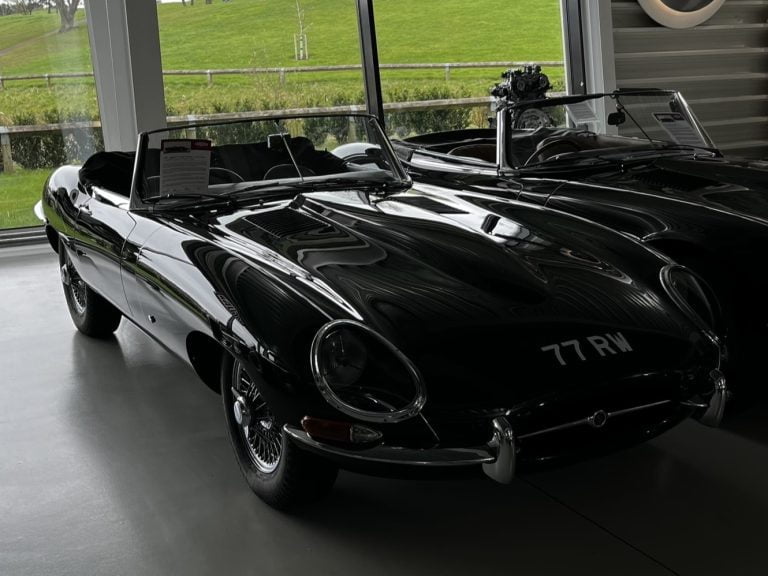
1961
Jaguar E-type Series I
Timeless Elegance in Automotive Design

1961
TVR Grantura
The Classic British Sports Car That Started It All

1962
Ferrari 250 GTO
The Pinnacle of Italian Automotive Excellence

1962
Lotus Elan
The Quintessential Lightweight Sports Car
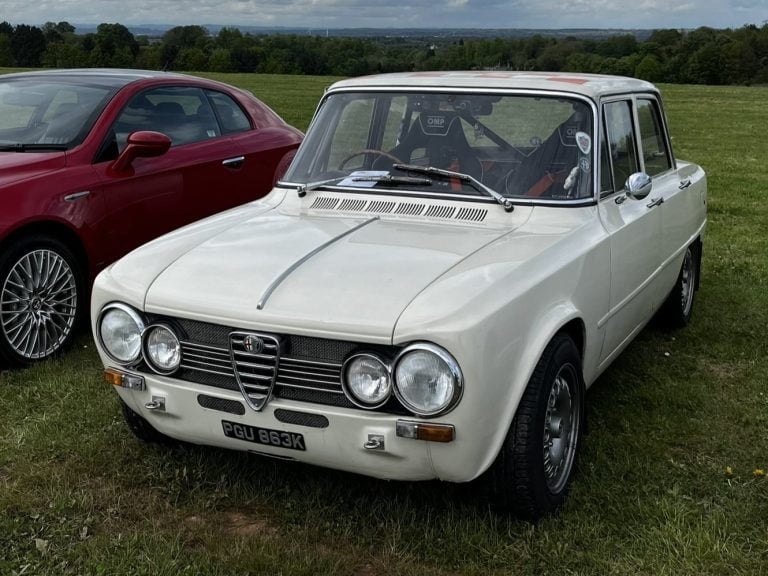
1962
Alfa Romeo Giulia
Italian Elegance and Driving Passion

1963
Mercedes-Benz SL
Timeless Elegance

1963
Corvette C2
The Mid-Century American Icon
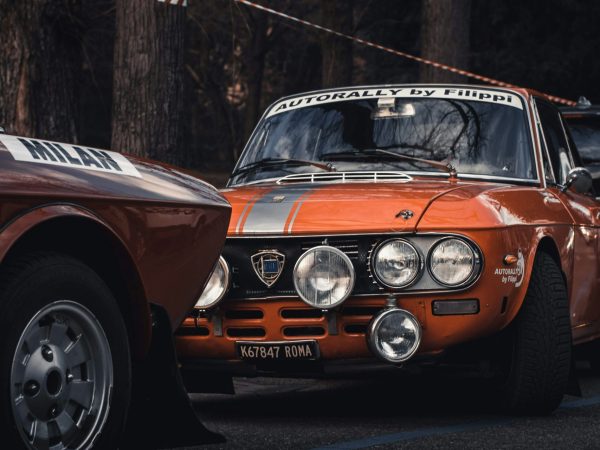
1963
Lancia Fulvia
Italian Elegance and Engineering Excellence

1963
TVR Griffith
A British Muscle Car Revival

1963
Ford Lotus-Cortina
The Iconic Collaboration of British Engineering

1963
Alfa Romeo Giulia Sprint
The Italian Icon of Accessible Performance
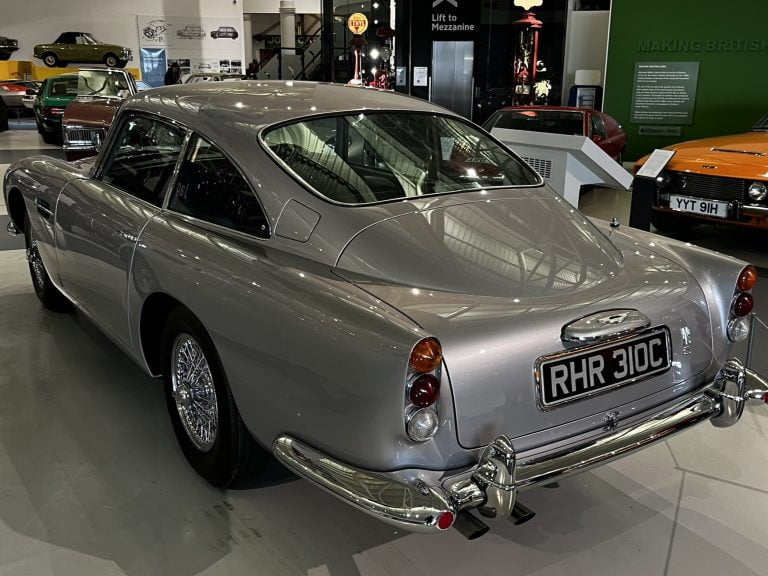
1963
Aston Martin DB5
The Bond Car

1963
Shelby/AC Cobra
The Timeless Appeal

1964
AC Daytona Coupe
Speed and Style Redefined

1964
Mini Cooper S
Revolution on Wheels
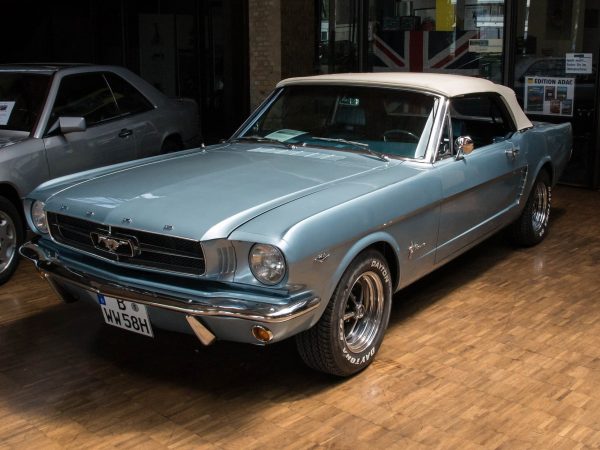
1964
Ford Mustang
The Birth of an American Icon

1964
Porsche 911 (901)
The Birth of an Icon

1964
Ford GT40
America’s Legendary Le Mans Champion

1965
Aston Martin DB6
Heritage and Performance

1966
Fiat 124 Spider
An Affordable Icon of Italian Motoring

1966
Jaguar XJ13
The Unfulfilled Dream of British Motorsport Glory

1966
Jensen Interceptor
A British Classic with American Muscle

1966
Ferrari 275 GTB
A Masterpiece of Design and Performance

1966
Lotus Europa
The Innovative Spirit

1968
BMW E9
The Iconic Design and Performance
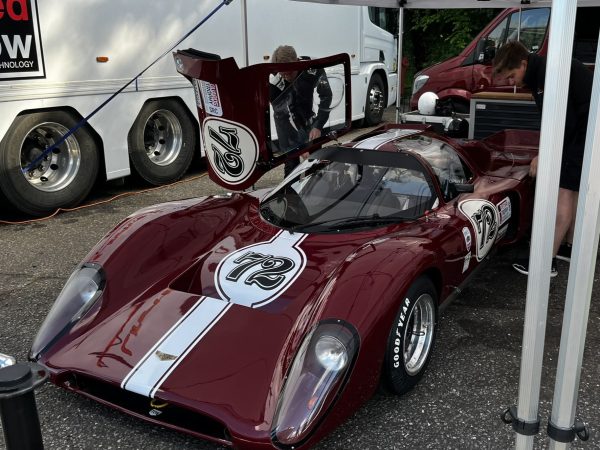
1969
Chevron B16
A Racing Legend’s Journey from Track to Icon